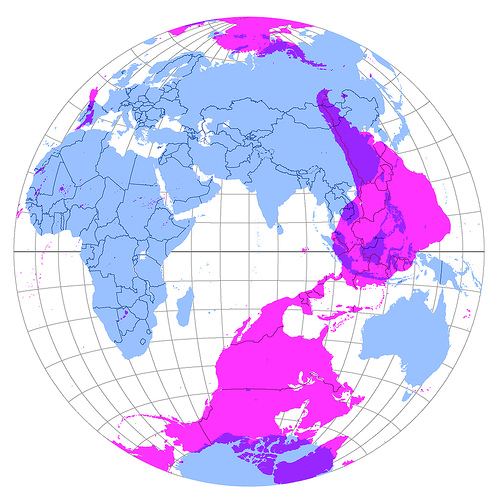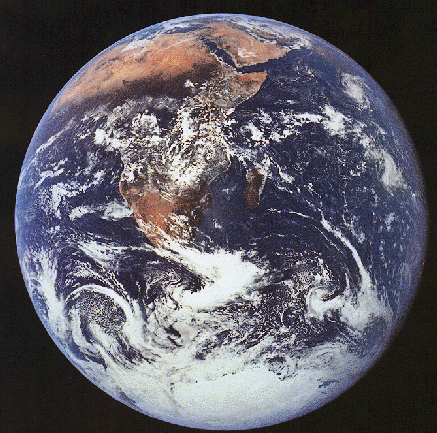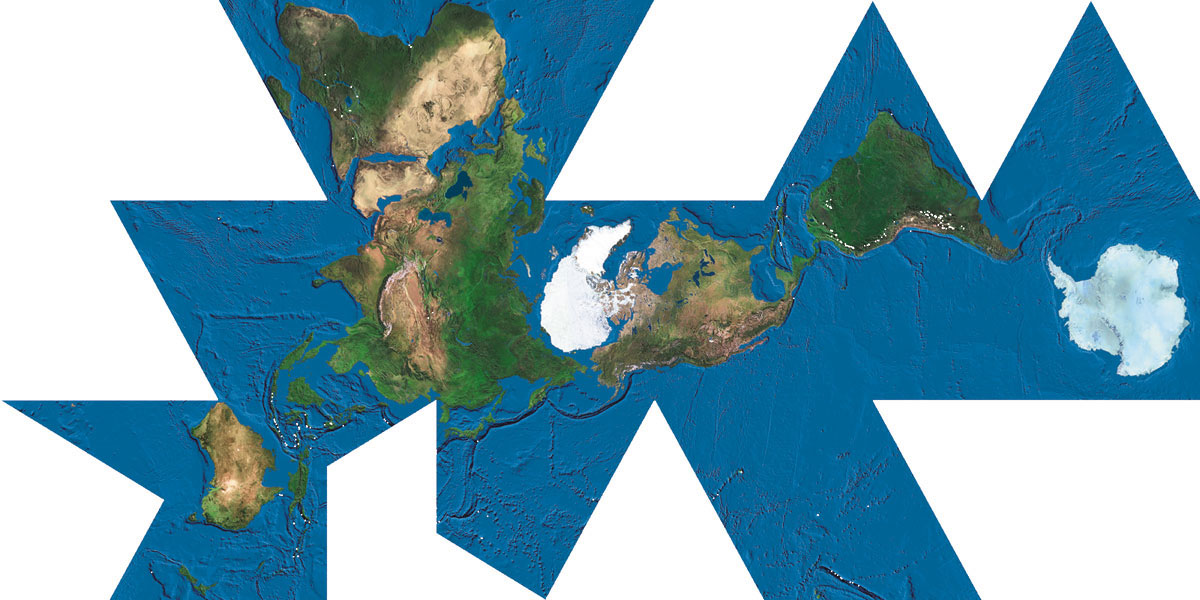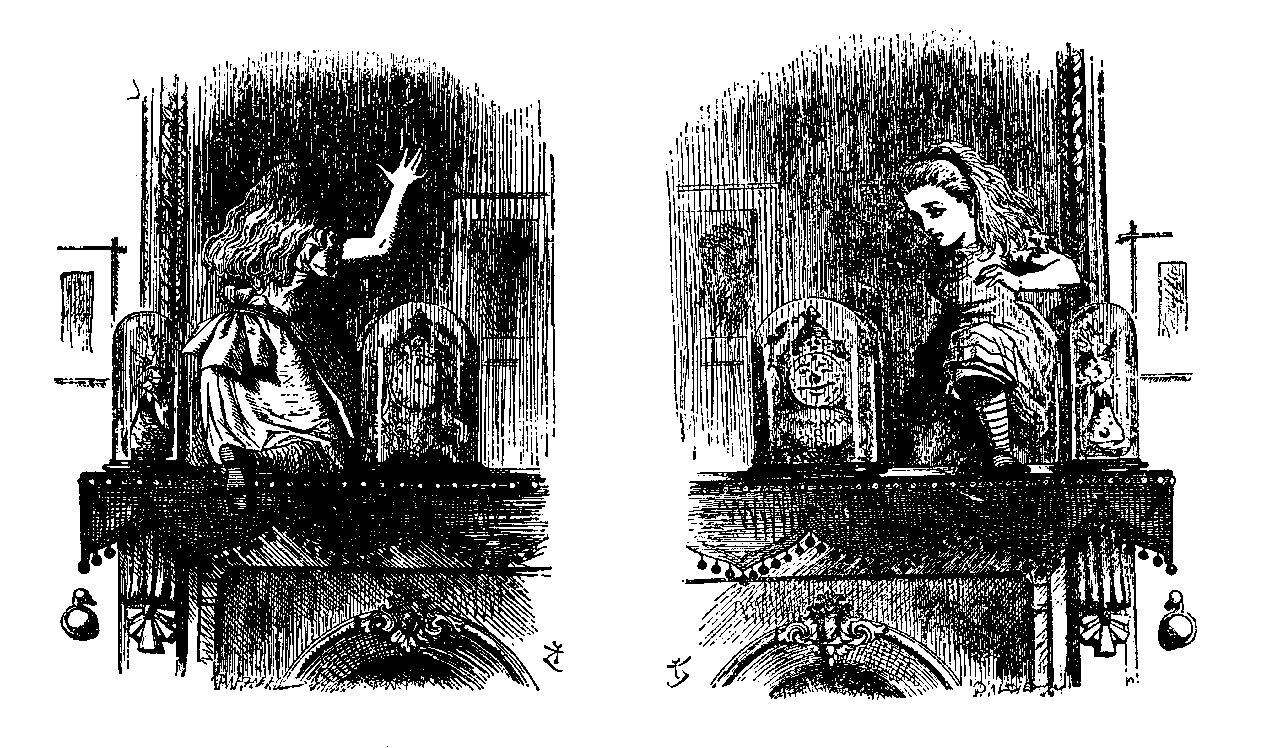musings on the nature of the antipodes
This is a bit of writing/ranting that i did in order to try and understand my view of the studio’s ideas. I’ll put up the details of the experiment in a bit.

The conventional mathematical definition of an antipode, the opposing point on a sphere, when applied to the earth makes the mental image of our planet flip from the familiar planar Mercator projection to a similar image as viewed from the </span> Apollo 17 spacecraft, a finite lump that can, and has predominately, been explored.

The things recorded by explorers were initially almost entirely geographical, and that has influenced the perception of exploration. Travel as a way of experiencing new topographies and vistas is the pervasive idea. However, apart from the incredible immersive experience of the sweeping panorama, there is little that can be gained in a technical sense from visiting a place that can’t be gleaned from Google Earth (well, what it aspires to be anyway)
As the earth’s topography became more explicitly recorded, the focus of exploration must have shifted to the subtleties of culture. As Schrödinger noted in reference to quantum physics, that it is impossible to observe something without intrinsically altering it. The same is true for anthropological measurement and observation, the early colonialists were far from sympathetic to the indigenous peoples the encountered, and subsequently conquered all over the world.

For me, the antipodes works more as a metaphorical idea that is almost totally unconnected with it’s mathematical idea of geometrical opposites, and more to do with the mirror opposite, and the initial familiarity, and then the slow emergence of differences.
In through the looking glass by Lewis Carol, Alice discovers a world that initially seems identical to the one she has just left on the other side of the mirror. As the adventure progresses she discovers more and more things that aren’t just as they seem.

As a recent import to this country I am slowly discovering things that aren’t just as they seem. Starting with my perverse hobby of aimlessly wandering the isles of foreign supermarkets, as a way of trying to understand the forces that shape the culture, the familiar megabrands were evident, the Loreal group cosmetics, Coke, Cadbury, but the shape of milk bottles is different, the level of lighting, the layouts of the stores themselves, all add to a slight sense of cultural imballance that would be easy to detect and correct for in an entirely unfamiliar place, but when so close to the norm the corrections need to be much more subtle. Soon after arriving, in what I can only attribute to some sort of hunger induced homesickness, I bought a Cadbury ‘curly wurley’. A familiar chocolate and toffee creation, which on account of my hair I have been eating a lot of recently in the UK, so the flavour is firmly set into my memory. If it hadn’t been for the unique shape the local ‘curly wurley’, as if on the other side of the mirror, would have been totally unrecognisable.
This flippant example merely seeks to illustrate the ‘same but different’, the glitches in the matrix, or the snags in the otherwise comfortable absorption of day to day information.</span>
Huxley’s idea of the antipodes of the mind is, as far as I can interpret it, referring to a similar idea. By the virtue of the ability to experience the minds hitherto unexplored regions, the fundamental mechanisms of thought, perception and reasoning must remain predominantly unchanged. (I will let you know if this is true if I ever get enough mescaline to repeat Huxley’s experiment)


In the same way that the perceptional shifts provided by prismatic glasses cause a reassessment of our physical surroundings, the shift caused by insertion into a different culture causes a reassessment of the things that were previously considered insignificant, yet in light of the new perspectives, suddenly seem interesting.

Without wishing to appear to be a tourist, or a colonial experimenter, the mapping I intend to make is more of a general test of human behavior, rather than specific to the people of Melbourne. Of course it would be interesting to see how a Tokyo audience would react, or a New York or London crowd, but i think that there is enough to be getting on with just testing the humans that I have easily to hand.